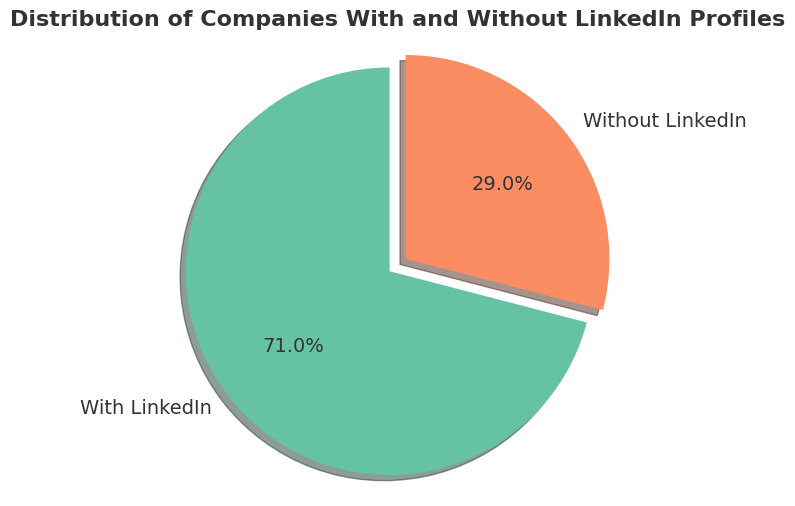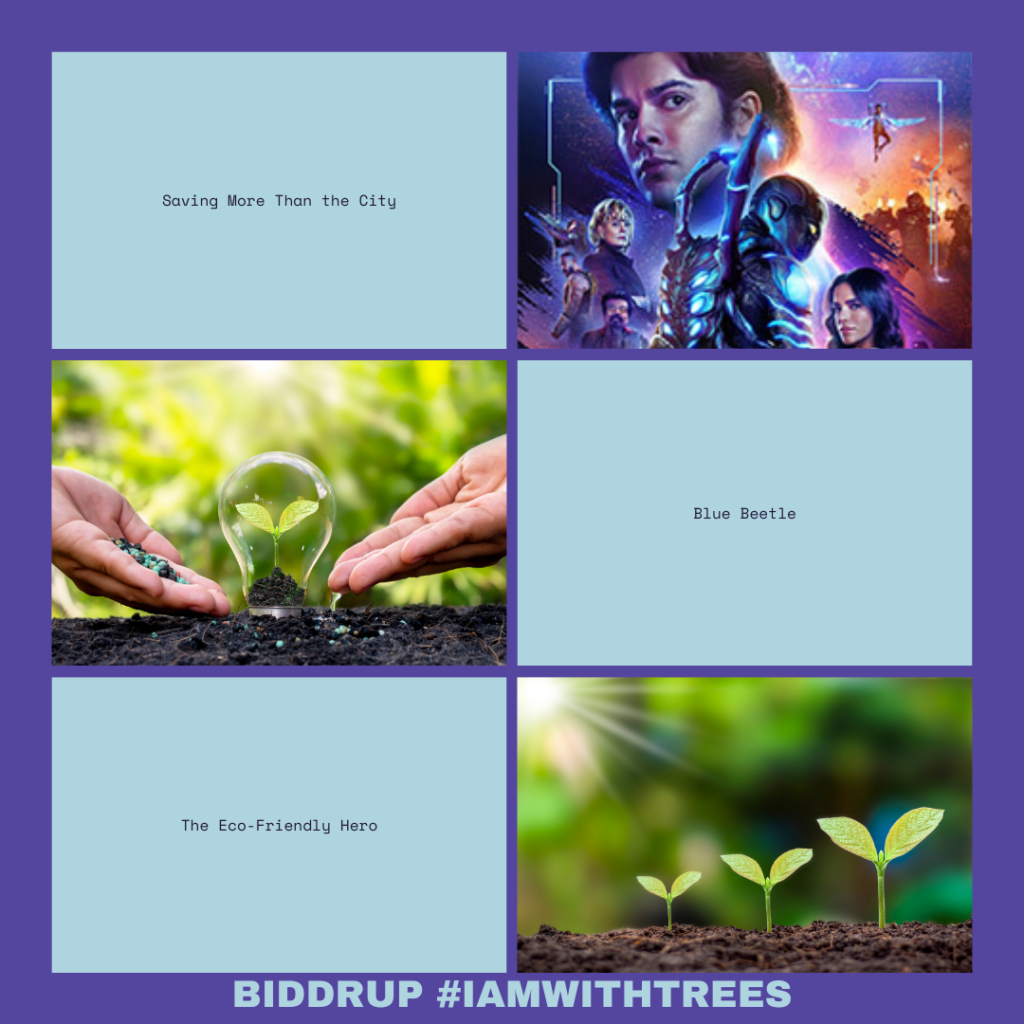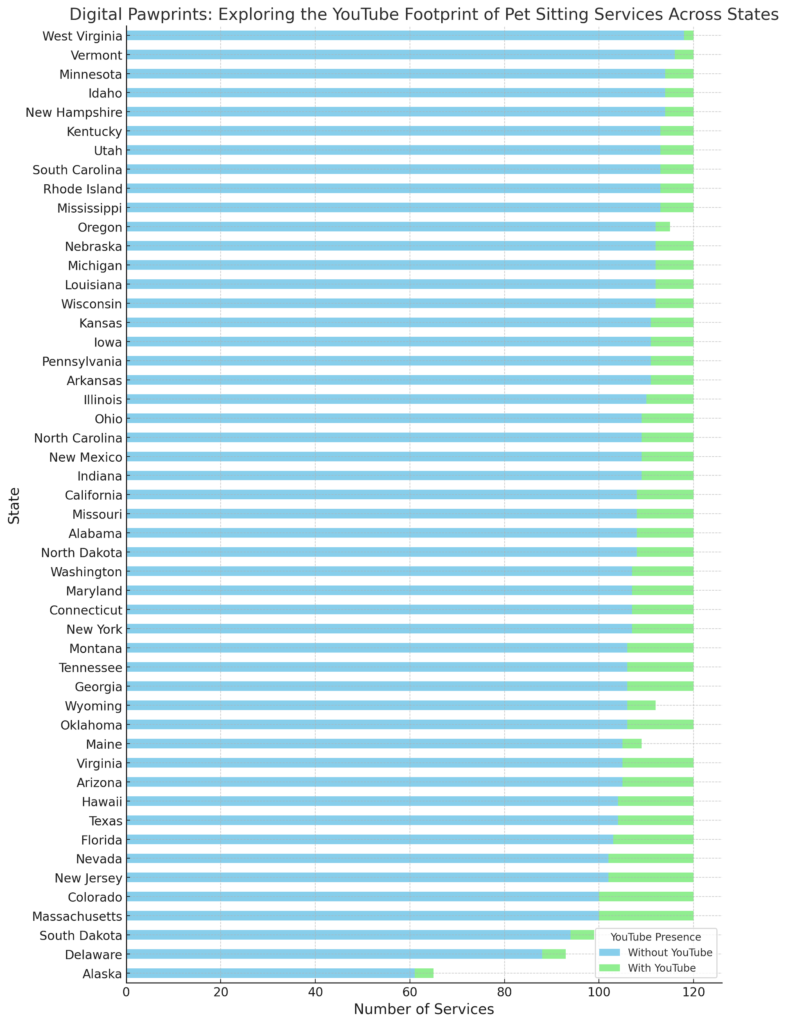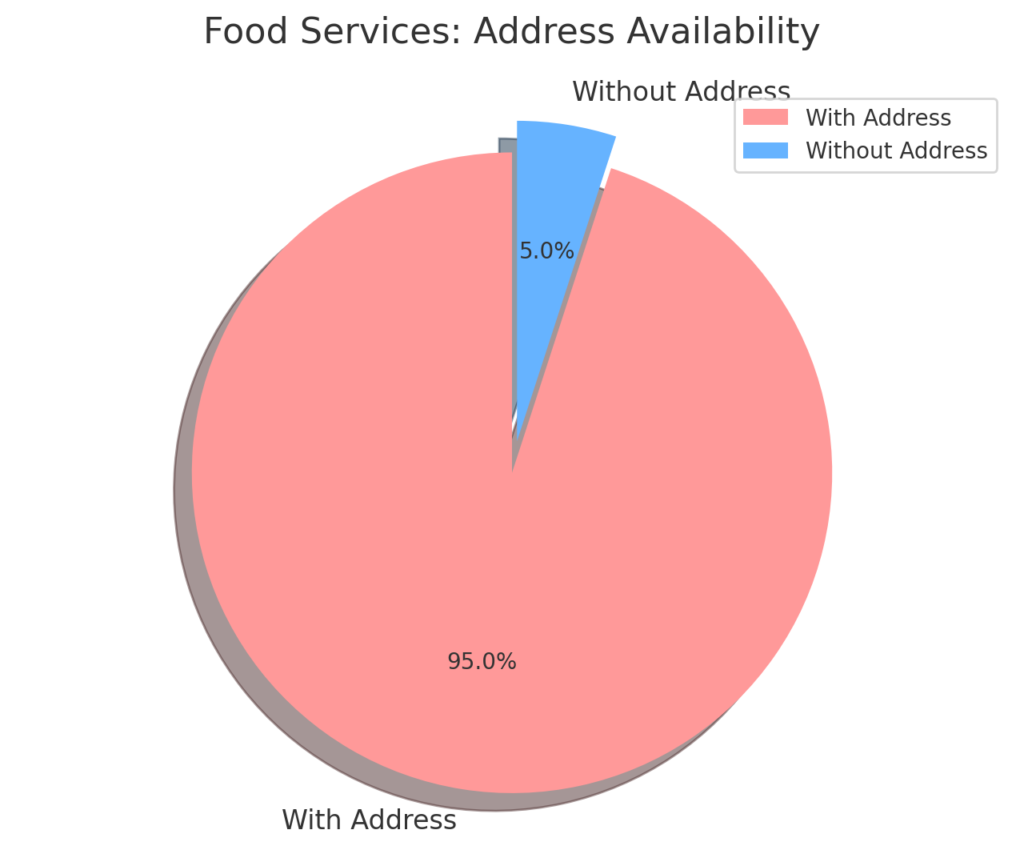From production to consumption, cigarettes require 3.7 liters of water1 and 3.5 grams of oil2, while producing 14 grams of CO23. That’s a high cost to pay for a dangerous habit that has negative impacts on both you and the planet.
In this blog post, I’ll explore the benefits of replacing smoking with a more sustainable and healthy alternative: vegetable gardening. By investing the same amount of money you would spend on cigarettes over a year, you can grow your own fresh and nutritious vegetables, while also reducing your carbon footprint and improving your physical and mental health.
I’ll compare the cost and environmental impact of smoking versus vegetable gardening, and provide a practical guide on how to start your own vegetable garden. I’ll also estimate the potential savings and yield of four common vegetables: tomatoes, lettuce, cucumbers, and bell peppers.
Join me on this journey towards a healthier, more sustainable lifestyle, and discover the joys of growing your own food.
Let’s say someone is smoking 5 cigarettes per day. The scenario for this smoker after one year can be estimated based on the following calculations:
- Calculation of annual consumption:
The smoker consumes 5 cigarettes per day, so the annual consumption would be:
5 cigarettes/day x 365 days/year = 1825 cigarettes/year
- Calculation of water consumption:
Each cigarette requires 3.7 L of water, so the total water consumption would be:
1825 cigarettes/year x 3.7 L/cigarette = 6747.5 L/year
- Calculation of oil consumption:
Each cigarette requires 3.5 g of oil, so the total oil consumption would be:
1825 cigarettes/year x 3.5 g/cigarette = 6387.5 g/year
- Calculation of CO2 emission:
Each cigarette produces 14 g of CO2, so the total CO2 emission would be:
1825 cigarettes/year x 14 g/cigarette = 25,550 g/year or 25.55 kg/year
- Calculation of cost:
Each cigarette costs $0.25, so the total cost for 1825 cigarettes would be:
1825 cigarettes/year x $0.25/cigarette = $456.25/year
Therefore, the smoker would consume 6747.5 L of water and 6387.5 g of oil, and produce 25.55 kg of CO2 emissions, and spend $456.25 on cigarettes in one year. This is not only harmful to the smoker’s health but also has a negative impact on the environment. Quitting smoking would be a healthier and more sustainable choice for both the individual and the planet.
Congratulations!
Investing your money in vegetable plants is not only a great way to save money but also a fantastic way to improve your health and contribute to the environment. Here’s a plan for four common and easy-to-grow vegetable plants and their estimated savings, nutrients, and amount of O2 they produce per year:
1. Tomatoes
Tomatoes are a great source of vitamin C, potassium, and lycopene4. They are also easy to grow and require full sun and well-drained soil. You can grow them in pots on a balcony or a small backyard. You can expect to save around $50 per year by growing your tomatoes. A mature plant can produce up to 25 pounds5 of tomatoes per season and generate around 0 < N g of O2 per year.
2. Lettuce
Lettuce is a nutritious and refreshing green that is rich in vitamins A and K6. It is also easy to grow and can be planted in a small garden or in pots on a balcony. You can save around $30 per year by growing your lettuce7. A mature plant can produce up to 2 heads of lettuce per season and generate around 0 < N g of O2 per year.
3. Cucumbers
Cucumbers are a good source of vitamin K and have a high water content, which makes them refreshing and hydrating8. They are easy to grow and require a sunny and warm spot. You can save around $40 per year by growing your cucumbers. A mature plant can produce up to 10 pounds of cucumbers per season and generate around 0 < N g of O2 per year.
4. Bell peppers
Bell peppers are a great source of vitamin C and fiber9. They require full sun and well-drained soil. You can grow them in pots or in a garden. You can save around $30 per year by growing your bell peppers. A mature plant can produce up to 10 peppers per season and generate around 0 < N g of O2 per year.
Overall, by growing these four common and easy-to-grow vegetable plants, you can save around $150 per year on vegetables and generate around 0 < N g of O2 per year. Furthermore, you can enjoy fresh and nutritious vegetables that you have grown yourself, which is a great way to promote a healthy lifestyle.
Please note that I conducted research to determine how much oxygen a plant can produce in its lifetime, but I was unable to find any credible sources on the matter. If you happen to come across any relevant information, please feel free to leave a comment and I will make the necessary adjustments to the article. As a result, I have used the symbol ‘0 < N’ rather than providing a specific numerical value.
$456.25 to plant the four vegetables
Here’s a breakdown of how you can distribute your savings of $456.25 to plant the four vegetables you mentioned, based on your priority ranking:
Tomatoes – $200
Tomatoes require a lot of sunlight, so investing in a good quality potting soil and a set of grow lights can be helpful for indoor growing10. With a budget of $200, you can purchase 4-5 healthy and mature tomato plants from a local nursery, along with a few bags of potting soil, fertilizer, and grow lights.
Lettuce – $100
Lettuce is easy to grow, and you can start from seeds. With a budget of $100, you can purchase seeds for multiple varieties of lettuce, along with some potting soil, and a few pots or a raised garden bed to grow them in. You can also purchase a few bags of compost or organic fertilizer to boost their growth.
Cucumbers – $100
Cucumbers require full sun and well-drained soil, so you will need to invest in good quality potting soil and a few planters or a raised garden bed. With a budget of $100, you can purchase a set of cucumber seeds, along with some organic fertilizer, and a few trellises or stakes to support their growth.
Bell Peppers – $56.25
Bell peppers require full sun and well-drained soil, so investing in good quality potting soil and a few planters or a raised garden bed is essential. With a budget of $56.25, you can purchase a set of bell pepper seeds, along with some organic fertilizer, and a few stakes to support their growth.
Based on the above budget breakdown, here’s an estimate of how many plants you can purchase for each vegetable:
- Tomatoes – 4-5 mature plants
- Lettuce – seeds for multiple varieties to grow throughout the season
- Cucumbers – a set of cucumber seeds to grow multiple plants
- Bell Peppers – a set of bell pepper seeds to grow multiple plants
With proper care and maintenance, these plants can produce a significant amount of fresh and nutritious vegetables for you to enjoy throughout the growing season, and help you lead a healthier and sustainable lifestyle.
Here’s an estimate of the vegetable production you can expect from each vegetable based on the above plan:
- Tomatoes – 100-125 pounds of tomatoes
- Lettuce – approximately 24-30 heads of lettuce
- Cucumbers – 40-50 pounds of cucumbers
- Bell Peppers – approximately 20-25 peppers
The monetary value of the vegetable production will depend on the current market price of the vegetables, which can vary by region and season. However, to give you an idea, here’s an estimate of the total monetary value of the vegetable production based on the average price of each vegetable in the US:
- Tomatoes – $125-$175
- Lettuce – $30-$40
- Cucumbers – $50-$60
- Bell Peppers – $20-$25
In total, you can expect to save around $225-$300 on vegetable purchases per growing season, based on the above estimates. Keep in mind that these estimates are based on optimal growing conditions and proper care and maintenance of the plants. Factors such as weather conditions, pests, and diseases can affect the yield and quality of the vegetables.
The Garden Wins
I wholeheartedly believe that if you want to do something good, you have to take the initiative to make it happen. Instead of promoting things that don’t bring any good, it’s important to focus on things that can make a positive impact. For me, smoking falls into the former category – it’s a habit that can easily be replaced with something better. So why not take the first step and make a change? I’m not saying it’s easy to quit smoking overnight, but there’s no harm in starting a better habit.
If you’re looking for a better plan, then consider planting a vegetable garden. It’s a healthy and rewarding activity that not only benefits your health and wallet, but also the environment. Plus, it’s a great way to get in touch with nature and learn more about where your food comes from.
I hope this article has inspired you to make a positive change in your life. If you have any comments or suggestions, please feel free to share them. And remember, may your future be green!
References
- “Cigarette Smoking: An Assessment of Tobacco’s Global ….” 3 Jul. 2018, https://pubs.acs.org/doi/10.1021/acs.est.8b01533. Accessed 4 Apr. 2023.
- “Cigarette Smoking: An Assessment of Tobacco’s Global ….” 3 Jul. 2018, https://pubs.acs.org/doi/10.1021/acs.est.8b01533. Accessed 4 Apr. 2023.
- “Cigarette Smoking: An Assessment of Tobacco’s Global ….” 3 Jul. 2018, https://pubs.acs.org/doi/10.1021/acs.est.8b01533. Accessed 4 Apr. 2023.
- “Tomatoes 101: Nutrition Facts and Health Benefits – Healthline.” 3 Feb. 2023, https://www.healthline.com/nutrition/foods/tomatoes. Accessed 5 Apr. 2023.
- “Greenhouse tomato production in Oregon | OSU Extension Service.” 24 Apr. 2002, https://extension.oregonstate.edu/crop-production/vegetables/greenhouse-tomato-production-oregon. Accessed 4 Apr. 2023.
- “Phylloquinone (Vitamin K) content of vegetables and … – USDA ARS.” https://www.ars.usda.gov/ARSUserFiles/80400525/Articles/ift2002_vitk.pdf. Accessed 5 Apr. 2023.
- “Growing Lettuce: A Guide to Planting & Harvesting Lettuce – Gilmour.” https://gilmour.com/growing-lettuce. Accessed 5 Apr. 2023.
- “Cucumbers: Health benefits, nutritional content, and uses.” https://www.medicalnewstoday.com/articles/283006. Accessed 5 Apr. 2023.
- “10 Foods (Besides Oranges) That Are High In Vitamin C – Health.” 22 Aug. 2022, https://www.health.com/nutrition/12-foods-with-more-vitamin-c-than-oranges. Accessed 5 Apr. 2023.
- “How to grow tomatoes indoors with Full Spectrum LED grow lights.” 11 Aug. 2020, https://growzone.se/tools-equipment/how-grow-tomatoes-indoors-full-spectrum-led-grow-lights/. Accessed 5 Apr. 2023.


















